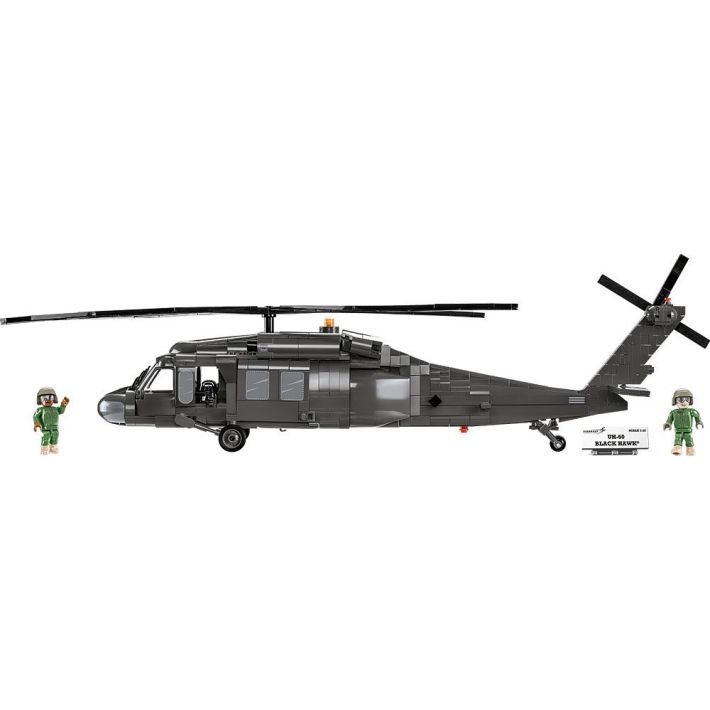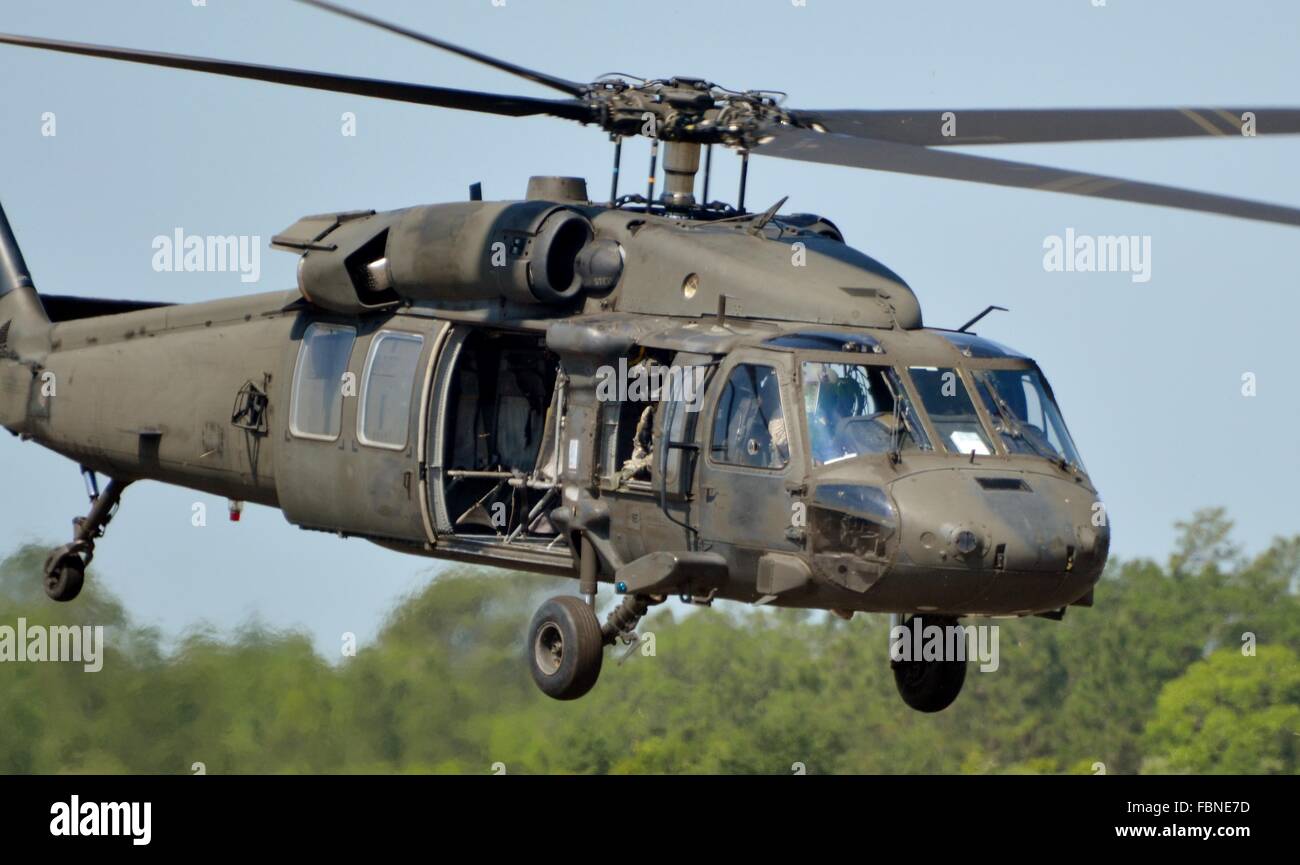UH 60 Black Hawk Pilot Training: What You Required to Know
UH 60 Black Hawk Pilot Training: What You Required to Know
Blog Article
Comprehending the Duty and Relevance of Various UH60 Parts in Aviation Operations
In the intricate globe of air travel operations, every component of a UH60 helicopter plays an essential duty in ensuring safe and efficient trips. As we explore the relevance of the blades system, engines, avionics, transmission system, and landing gear in UH60 procedures, a much deeper appreciation for the synergy of these aspects emerges, dropping light on the intricacies that underpin the aeronautics industry's dedication to precision and reliability.
Rotor System
The blades system, a critical element in helicopter layout, plays an essential function in supplying lift and directional control throughout flight. Being composed of the main blades and tail blades, this system is accountable for generating the required aerodynamic forces to keep the helicopter airborne and manoeuvrable.
In contrast, the tail blades, placed at the tail end of the helicopter, counteracts the torque generated by the major rotor's turning, making sure the helicopter remains well balanced and can make controlled turns. With each other, these rotor parts create an advanced system that enables helicopters to execute a large variety of flight maneuvers efficiently and securely.

Engines
In aviation procedures, the appropriate functioning of engines is extremely important to enhancing the rotor system's aerodynamic capabilities in helicopters. The UH60 helicopter is equipped with 2 General Electric T700-GE-701D engines, each offering 1,890 shaft horse power. These turboshaft engines are vital elements that power the primary blades transmission, tail rotor system, and other important helicopter systems. The engines play a crucial role in generating the needed power to raise the airplane, manage its flight, and make certain a secure procedure.
In situation of engine breakdowns or emergencies, pilots count on their training and the helicopter's design features to execute essential treatments quickly and securely. On the whole, the engines in UH60 helicopters are essential elements that add significantly to the aircraft's functional success and goal efficiency.
Avionics
Avionics innovation plays a critical role in modern-day aeronautics procedures, integrating digital systems for communication, aircraft, and navigation management. In the UH60 helicopter, avionics incorporate a large range of systems that ensure reliable and risk-free trip. uh 60. These systems include interaction equipment, such as transponders and radios, which allow pilots to connect with air traffic control service and various other airplane. Navigating systems, like GPS and inertial navigation devices, supply exact positioning details to the team, aiding in route preparation and making sure precise navigation throughout trips. In addition, avionics include flight monitoring systems that help automate numerous jobs, such as auto-pilot functions and trip data recording.
Moreover, avionics play a vital role in boosting situational awareness for pilots, allowing them to keep an eye on important trip criteria, climate condition, and possible risks in real-time. By giving necessary data and automation capacities, avionics contribute dramatically to the safety, efficiency, and general performance of UH60 helicopters in varied aeronautics procedures.
Transmission System
An important component of the UH60 helicopter's functionality and efficiency is its transmission system. The transmission system in a UH60 helicopter is accountable for moving power from the engines to the major blades and tail rotor systems. This critical component ensures that the helicopter can steer efficiently and preserve find out security during flight procedures.
The transmission system in the UH60 helicopter consists of different parts, including the primary transmission, intermediate transmission, tail transmission, and drive shafts. Each of these parts plays a vital role in making certain that power is dispersed effectively throughout the aircraft.
The primary gearbox is specifically essential as it transfers power from the engines to the primary rotor system, enabling the helicopter to take off the ground and attain forward, in reverse, and side activity. The tail transmission, on the various other hand, transfers power to the tail rotor, which aids counteract the major rotor's torque and supplies directional control.
Landing Gear


The landing equipment of the UH60 helicopter functions as an essential element for guaranteeing stable and safe ground procedures, complementing the capability of its transmission system. Consisting of wheels, shock absorbers, and support structures, the landing equipment supports the helicopter's weight throughout departure, touchdown, and while on the ground. The style of the landing gear is link essential for dispersing the aircraft's weight uniformly to avoid tipping or architectural damage. Furthermore, the touchdown gear plays an important function in absorbing the impact of landings, decreasing the stress and anxiety on the airframe and making sure a smooth touchdown. Correct upkeep of the landing gear is important to guarantee optimum efficiency and safety throughout check it out procedures. Normal assessments, lubrication, and substitute of damaged components are required to support the reliability and effectiveness of the touchdown equipment system. Pilots and ground crews must abide by correct procedures to guarantee the honesty of the landing equipment and improve total trip safety.
Final Thought
Finally, the various components of the UH60 helicopter play essential roles in making sure the smooth procedure of aviation activities. uh 60. The rotor system, engines, avionics, transmission system, and touchdown equipment all collaborate to make certain the safety and security and efficiency of the aircraft. Comprehending the significance of each component is important for pilots, engineers, and maintenance staff to ensure the general capability of the UH60 helicopter throughout flight procedures

Report this page